|
When it comes to nurturing successful readers, we often focus on the importance of word work activities, phonics instruction, and comprehension strategies. And while these elements undoubtedly play a crucial role in developing literacy skills, let's not overlook another essential aspect: the types of reading material we provide to our students. Just like the ingredients in a recipe, the selection of reading material can significantly impact a child's reading journey and overall literacy development. Think about it: would you serve the same meal for every occasion? Of course not! Just as we vary our menus to cater to different tastes and dietary needs, we must offer a diverse array of reading material to meet the varied interests, abilities, and learning styles of our students. Whether it's decodable books, leveled readers, fiction, non-fiction texts, or close reading, each type of reading material brings its own unique flavor to the table, enriching the reading experience in distinct ways. Decodable BooksFirst up, let's talk about decodable books. Think of them as the training wheels of reading. These specialized texts are like the building blocks of reading, providing early readers with the phonetic patterns and word structures they need to decode unfamiliar words with confidence. With decodables, our students can gain confidence as they tackle words one sound at a time. Plus, they're often filled with fun stories and characters that keep kids engaged and excited about reading. Here are some ways you can use decodable books in your classroom. - Reinforce phonics skills by focusing on specific letter-sound relationships or phonetic patterns - Incorporate decodable books into guided reading sessions, where you can provide targeted support and instruction based on students' individual needs. - Set up word work centers where students can practice decoding words from decodable texts through activities like word building, word sorts, and phonics games. Leveled BooksMoving on to leveled books, we discover books in all shapes and sizes, tailored to suit different reading levels. Whether a child is just beginning their reading journey or ready to tackle more complex texts, leveled readers offer the perfect balance of challenge and support. They help ensure that each child is reading at just the right level for them, which is key for building those all-important comprehension skills. Here are some ways you can use leveled books in your classroom. - Organize leveled books into guided reading groups based on students' reading levels. Use these groups to provide differentiated instruction and targeted support. - Allow students to choose leveled books to read independently during silent reading time or as part of a reading workshop model. - Facilitate discussions about leveled books through book talks, where students can share their thoughts, make predictions, and ask questions about the text. Fictional BooksFictional stories captivate readers' imaginations, transporting them to far-off lands, introducing them to unforgettable characters, and sparking their creativity in ways that only the power of storytelling can. Through fiction, students not only develop essential literacy skills such as comprehension and vocabulary but also cultivate empathy, critical thinking, and a lifelong love of reading. Here are some ways you can use fiction books in your classroom. - Encourage students to predict what will happen next, read to confirm their predictions, and reflect on the story afterward. This helps develop comprehension and critical thinking skills. - Have students analyze characters' traits, motivations, and actions throughout the story. This promotes empathy and understanding of character development. - Explore story elements such as plot, setting, and theme through discussions, graphic organizers, and creative activities like story mapping and retelling. Non-Fiction BooksAnd then there's non-fiction, with its wealth of information and endless opportunities for exploration. From fascinating facts about the natural world to in-depth studies of historical events and science, non-fiction texts increase knowledge, encourage curiosity and develop a thirst for learning in young minds. By integrating non-fiction into our reading curriculum, we empower students to become informed citizens, critical thinkers, and lifelong learners. Here are some ways you can use non-fiction books in your classroom. - Teach students how to navigate non-fiction texts by exploring text features such as headings, captions, diagrams, and glossaries. Help them understand how these features enhance comprehension. - Guide students in identifying the main idea and supporting details of non-fiction texts. Use graphic organizers like main idea webs or summarizing templates to aid comprehension. - Integrate non-fiction texts with other subjects like science, social studies, and mathematics to provide context and deepen understanding of content-area concepts. Close Reading For ComprehensionReading for comprehension is an important piece in learning to read. It isn't enough to be able to decode words and read them fluently. If there isn't some deeper understanding of what is going on and what the author is trying to tell us, then there isn't much of a purpose to the reading. Close reading is a strategy that helps readers uncover a deeper meaning while reading passages. This technique is all about diving deep into a text and really getting to grips with what it's all about. Instead of just skimming the surface, close reading encourages students to ask questions, make connections, and think critically about what they're reading. It's a fantastic way to develop those higher-order thinking skills and get kids actively engaged in their reading. Teach close reading strategies alongside the use of fiction and non-fiction texts. Encourage students to engage deeply with the text, asking questions, making connections, and analyzing the author's purpose and point of view. Close reading can be applied to both fiction and non-fiction texts, allowing students to develop critical thinking skills across genres. If you would like your students to dig deeper for more comprehension, check out this free sampler of Find The Evidence. You can check out the full resource here. Balancing FormatsBalancing these resources effectively is key to making reading successful for kids. Here are some ways to do this. Start by assessing each student's reading level and comprehension skills. Use tools like running records, comprehension assessments, and observations to gather data. Once you understand where each student is at, you can provide appropriately leveled materials. Leveled books and decodables are fantastic for this, ensuring that students are reading at a level that challenges them without overwhelming them. Incorporate a variety of reading materials into your curriculum. Use decodable books for targeted phonics instruction and practice. Leveled books can be used for guided reading sessions where you work with small groups of students at their instructional level. Introduce fiction and non-fiction texts for independent reading and to explore different genres and topics. Provide opportunities for student choice and follow their interests. Offer a selection of books at various levels and genres, allowing students to choose what they want to read. When kids are interested in what they're reading, they're more likely to be engaged and motivated to improve their skills. Integrate reading activities with other areas of the curriculum. Use non-fiction texts to support science and social studies lessons, and incorporate fiction texts into language arts and creative writing activities. This helps students see the relevance of their reading skills across different subjects. Continuously monitor student progress through ongoing assessment and provide timely feedback. This can include informal assessments during reading conferences, comprehension checks, and written responses to texts. Use this feedback to adjust instruction and provide additional support or challenges as needed. By balancing these resources and strategies effectively, you can create a rich and supportive reading environment that meets the needs of all students and fosters a love of reading that will last a lifetime. The types of reading material we use are indeed as important as the word work activities we employ when helping kids become successful readers. With the help of decodable books, leveled texts, close reading, fiction, and non-fiction, we've got everything we need to help our young readers become confident, enthusiastic, and skilled readers. Adding variety and flavor is the key to helping our students learn to enjoy reading and keeps them learning and thriving as they continue on their literary adventures! Related PostsComments are closed.
|
About Me Charlene Sequeira
I am a wife, mother of 4, grandmother of 9, and a retired primary and music teacher. I love working with kids and continue to volunteer at school and teach ukulele. Categories
All
|
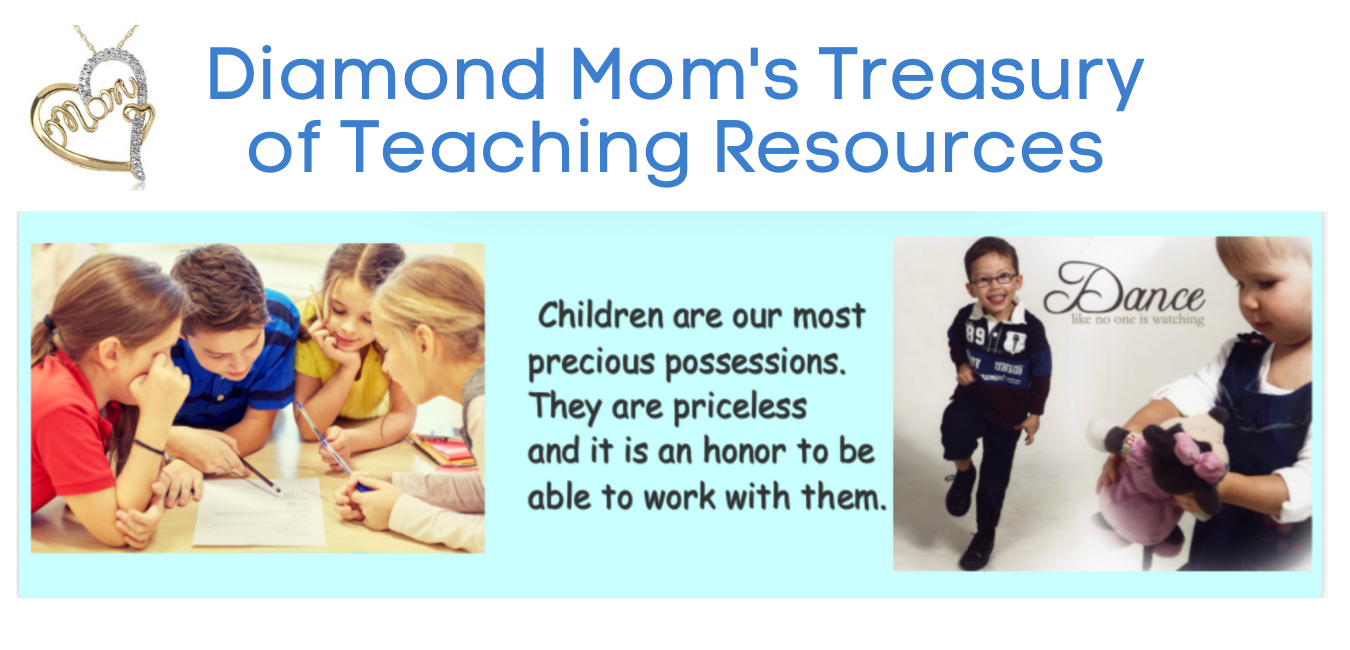
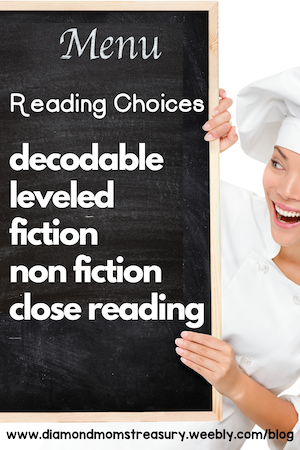
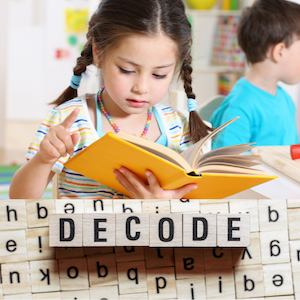
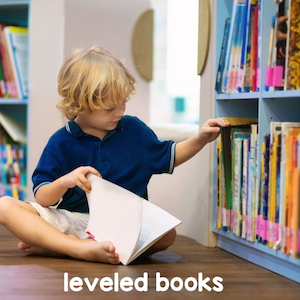

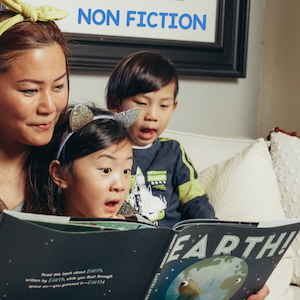
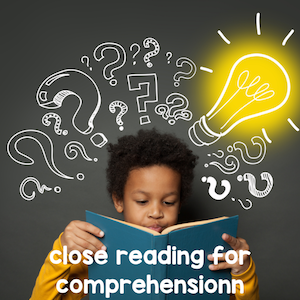
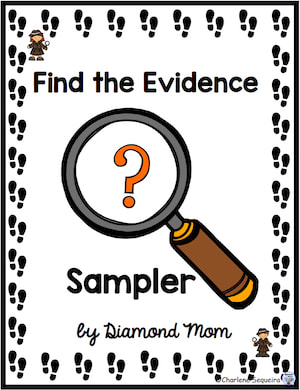
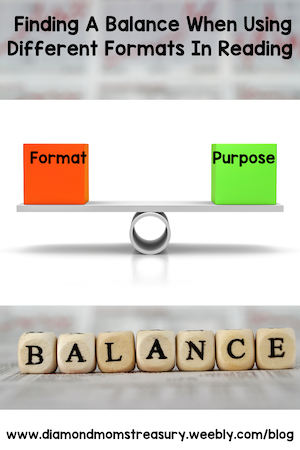

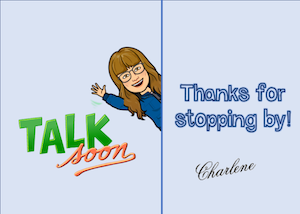





 RSS Feed
RSS Feed